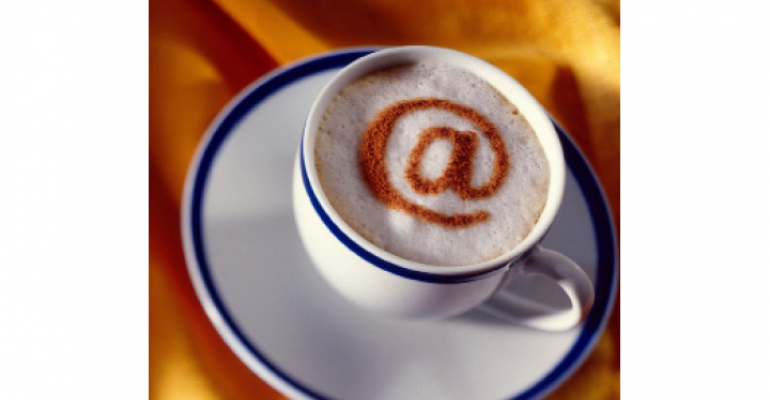With a wedding boom upon us and little space left in our schedules, there is no time for event professionals to get bogged down by overflowing inboxes and missed communications. You must be ready to respond to inquiries, book new leads, and keep up with client demands—none of which are easy when your emails are unmanageable!
Most people don’t consider working through a cluttered inbox as a fun way to spend their time, but it’s a small-but-significant activity that can change how you feel about your business on a day-to-day basis.
Think about it: When you know there are unread emails waiting for a response, you end up feeling the shame and guilt of not addressing them right away. But when you can glance at your inbox and know you’re not missing anything, you can focus your attention on more important matters without feeling pulled away.
If you haven’t yet mastered the art of inbox management, these tools and tips will help you create a system that allows you to wrangle the email monster once and for all.
Address the low-hanging fruit first
Most inboxes are cluttered with subscriptions and junk emails that seem like they offer value but, in reality, are only there to sell you on a product or service. First things first, perform an inbox triage by sifting through your unread emails and deleting anything you do not need or plan to read. While you’re at it, unsubscribe from any newsletters that end up in the trash unread. Even the small action of deleting an email requires you to make a decision, which can be overwhelming over time.
As you take out the trash, make it easier on yourself by maximizing the power of your inbox’s search bar. For example, say you get weekly email blasts from a local boutique but you stopped opening them a while ago. Instead of picking them out individually, search for the sender’s name and batch delete everything all at once. You’d be surprised how much progress you can make simply by doing this with a few frequent senders!
Set up your virtual filing cabinet
No emails should ever live in your inbox indefinitely—let that be your rule of thumb. An email should only linger around if it’s part of an ongoing discussion or project. Otherwise, it belongs in your virtual filing cabinet or, in other words, your folder system. An effective folder hierarchy will keep all of your emails in the right place, so you never have to worry about an important conversation going missing.
How you set it up, though, is entirely up to you. Do you prefer to categorize your main folders by year (e.g. 2022, 2021, 2020) or by department (e.g. Sales, Client Work, Finances)? There is no right or wrong answer as long as it works for you. You’re the only one spending time in your inbox, so pick a system that feels natural and easy to apply. And when in doubt, trust that the handy search bar can always bring up emails you need!
Add emails to your block schedule
Many entrepreneurs know and love block scheduling for removing distractions and focusing only on the task at hand. However, this useful technique often doesn’t factor in emails! Instead, an inbox becomes a stepping stone between tasks with constant check-ins to see if anything new has popped up.
Unfortunately, keeping your attention chained to your emails is like inviting a constant flow of interruptions to your day. Going forward, set aside one or two blocks of time each day to address emails—and stay out of your inbox the rest of the time! You will find it easier to focus and get through your significant tasks for the day, as well as stay on top of your emails without feeling stretched too thin.
Take advantage of email templates
Spending less time in your inbox doesn’t have to mean your inquiries and prospects will feel unheard. By using canned responses, you can effectively keep the communication channels open with timely responses without having to monitor your emails all day. A simple auto-responder that provides an estimated response time will do wonders for setting clear boundaries without coming across as harsh or hard to reach.
Be sure that you follow up with personal replies during the periods you’ve blocked off for emails. Since you have time dedicated solely to your inbox, you’ll be more capable of responding at length rather than feeling like you have countless other burning priorities just beyond your peripheral. That way, you’re staying in touch with your contacts and avoiding the inevitable pile-up of emails marked as unread for “later.”
These four strategies will help you ensure nothing goes unaddressed, allowing you to reclaim your schedule, your response time, and your mental wellbeing. If your inbox is currently overflowing with hundreds (or thousands) of emails, accept that it might take several days to implement this system and get situated. When you do, you’ll find more peace in your days and less of the never-ending urgency that comes with an inbox that is bursting at the seams.





